
Calico cats aren't a specific breed of cat. They're actually members of domestic cat breeds who sport unique tri-color coats (known as calico). One calico may display the usual combination of vibrant orange, black, and white, while another can feature a more subdued shade of cream mixed with blue. In feline genetics, the latter is known as a "dilute calico."
You'll never see two calico cats exactly alike. Their personalities are equally interesting; they are known for their sass and spunk, but they are also loving and loyal companions for people of all ages. Interestingly, hard-to-find calicoes are almost all female, and the extremely rare male—1 out of every 3,000 calicoes—is always sterile so they can't breed. It's part of why they're considered to be lucky.
Learn more about what makes calico cats so special.
Personality: Sassy, spunky, bold, affectionate, independent, loyal
Weight: Up to 12 pounds
Length: About 18 inches
Coat Length: Short hair and long hair
Coat Colors: Orange, black, blue, lilac, and cream
Coat Patterns: Tri-color (calico)
Eye Color: Yellow, green, or blue
Lifespan: 15 years, depending on breed
Hypoallergenic: No
Origin: Possibly Egypt and the Mediterranean coast
The calico is a medium-sized domestic cat renowned for their spunky, assertive personality. While this is a generally independent cat who doesn't require constant attention, the calico is also sweet, loving, and loyal.
They will readily bond with a single person but enjoy the company of an entire family, too. However, a study on cat coat colors and behavior found that calicos tend to be more aggressive.
Calicoes differ from tortoiseshell cats, whose colors (red and black) are interwoven throughout the coat instead of appearing in distinct patches of solid color.
No one is sure where the calico originated, though the cats likely emerged from Egypt and were traded along the Mediterranean.
Calico cats are believed to bring good luck in the folklore of many cultures. In Japan, Maneki Neko are good luck figures—the waving cat—that sometimes depict calico cats. In the United States, these are sometimes referred to as "money cats."
Researchers began seriously studying calico cats and their appearance in the late 1940s. Murray Barr and his graduate student E.G. Bertram noticed masses inside the nuclei of nerve cells of female cats. They were absent in male cats. These dark masses eventually were called Barr bodies and determined to be inactive X chromosomes. Mary Lyon proposed the concept of X-inactivation in 1961. It occurs when one of the two X chromosomes inside a female mammal shuts off. She observed this in the coat color patterns in mice, similar to the patterns of calico cats.
In calico cats, the fur-color gene occupies the X chromosome. If that chromosome deactivates, a different fur color will appear. The inactive chromosomes are random, which is why each calico cat has a unique pattern.
The care of a calico cat will largely depend on their breed. Shorthaired calicoes' coats, for example, will require less brushing than those of longhaired breeds.
Regardless of breed, all cats need exercise and enrichment. You'll also need to make sure your cat sees the vet regularly and is up-to-date on their vaccines. Don't forget about regularly brushing your kitty's teeth.
The lifespan of a calico cat can be influenced by their breed. Male calico cats tend to have more health issues than female calicoes.
Regardless of the breed, a male calico cat is prone to a genetic health condition called Klinefelter Syndrome. In addition to being sterile, these cats experience cognitive and developmental issues, behavioral problems, reduced bone mineral content, and obesity.
Female calico cats do not have health problems that correlate with their color patterns, but they may have issues specific to their respective breeds. That's why it's important to schedule regular visits with your vet.
Calico cats are some of the most strikingly patterned cats, wearing bold patches of colors—mostly orange, black, and white.
According to the Cat Fanciers' Association (CFA) show standards for calico Persians, the cat should be a tri-color cat of black, red, and white with white feet, legs, belly, chest, and muzzle. The cat should also have a colored tail and one or more colored patches on the head and body.
Calicoes' eye colors include copper, blue, green, or odd-eyed. In show-quality Persians, odd-eyed bi-colors should have one blue and one copper eye with equal color depth.
A complete and balanced cat food, whether dried or canned, is generally a great option for calicoes of any breed. However, research your specific breed of cat to find out if they have any unique dietary requirements. Ask your veterinarian for feeding advice, too.
Calicoes are generally not breed specific. You may find one at your local shelter or pet rescue for under $100. Calico-patterned breeds are more expensive.
Calico cats are not rare, but finding one at a local shelter can be difficult. Check with breeders of cats who tend to have calico coloration in your area to see if any specialize in calico patterns, or search online adoption sites to locate a kitten or cat in your area.
It would be easier to give a list of breeds that do not produce calicoes. While the calico pattern may pop up in many cat breeds, the following are the most likely to display it:
The calico is not a breed and has no technically identifiable personality traits, but pet parents and enthusiasts often insist the calico pattern seems to impart a particular pep and sass in female felines that carry the colorful genes. These friendly, outgoing cats have a flair for independence but also enjoy socializing with their human families and other pets.
If you’re interested in similar breeds, check out:
Otherwise, check out all our other cat breed profiles.
Calico cats, in general, are not as common as other coat colors and patterns. However, male calico cats are extremely rare. Only about 1 in every 3,000 calicoes is a male.
Like most cats that are not breed-specific, calicoes live to be about 15 years old on average. Some can live longer, while others have shorter lifespans, and their breed can influence their longevity.
Since they are not breed-specific, this varies. As a general rule, calicoes range from 7 to 12 pounds.

Cute Pictures & Facts About Calico Cats & Kittens
Learn fascinating facts about calico cats, including photos, the genetics behind this color combination, and common folklore and traditions.
How to Prevent Cat Separation Anxiety During Vacations
Discover why cats develop litter box problems and cat behavior problems when you go on vacation and what you can do about it to help them.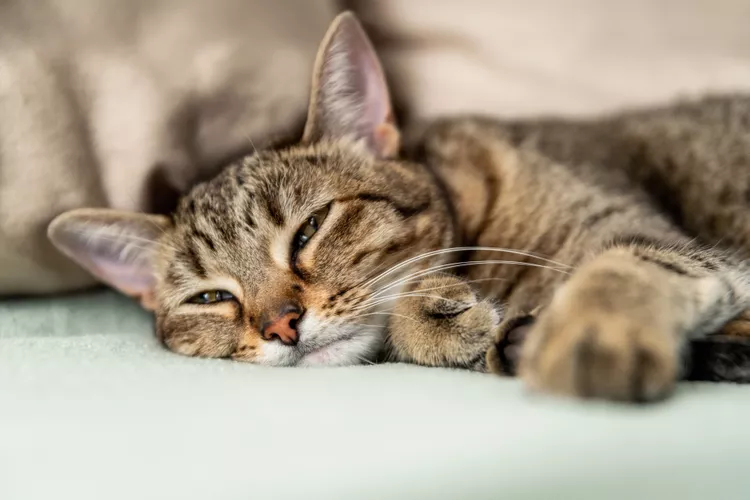
Cat Behavior Changes That Might Mean Something's Wrong
Cats' behavioral changes may indicate problems—or they may mean nothing at all. Explore causes of odd behavior and what to do about them.
Lhasa Apso: Dog Breed Characteristics & Care
The Lhasa apso is an ancient breed from Tibet that was bred to be a watchdog. Learn about its history, health, exercise needs, and more.
Reasons Why Dogs Run Away and How to Stop It
Dogs can escape, especially if they’re bored and not properly contained. Here are some techniques for stopping your dog from running away.
Can Dogs Get Depression? How to Help Your Sad Dog
Can dogs get depression? Learn about the signs of depression in dogs and find out how to help your sad dog.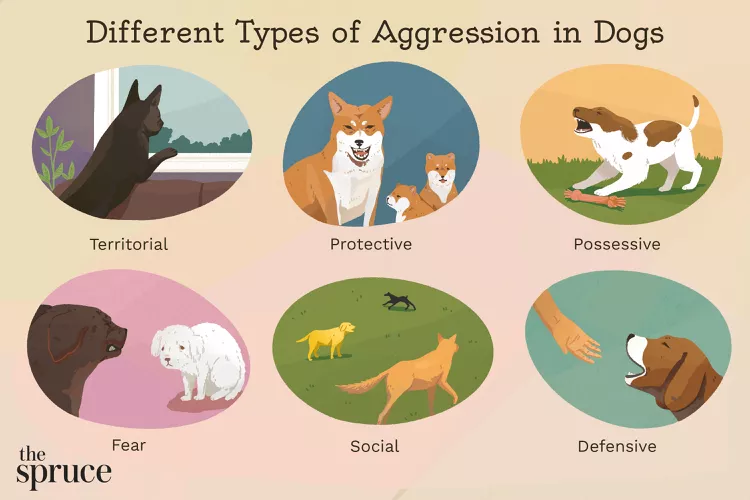
How to Stop Aggression in Dogs
Dog aggression can be a serious behavior issue for pet owners. Learn how to stop aggression in dogs before someone gets hurt.
How to Stop Your Dog From Growling
A growling dog can soon become even more aggressive. Reduce the noise and potential for a dangerous situation with some of these techniques.
Why Do Dogs Dig Holes? How to Stop Your Dog from Relandscaping Your Yard
Dogs have been digging holes for centuries and for many reasons. Whether they’re bored or want to cool off in the dirt, here are the top reasons why dogs dig holes.
Dog Treat Varieties
Learn about the different types of dog treats on the market and decide which are best for your dog.
Can Dogs Eat Asparagus?
Dogs can eat asparagus, provided the vegetable is cooked plain and cut up for them. Seasonings, salt, and butter make it unhealthy for dogs.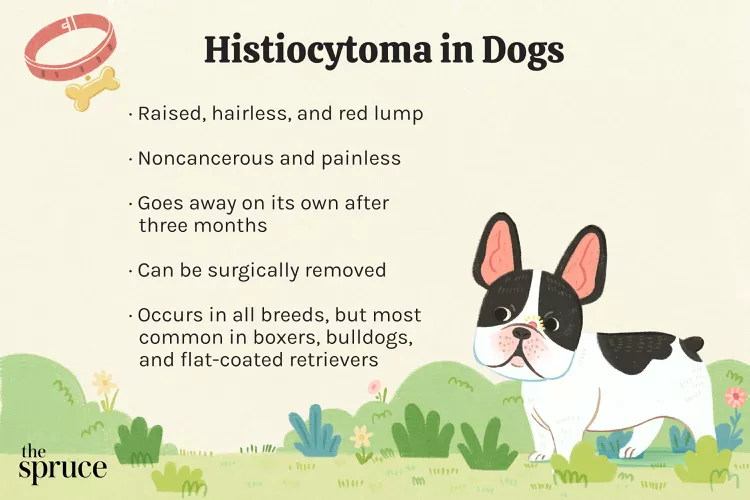
Histiocytomas in Dogs
A histiocytoma is a type of benign (non-cancerous) skin lump that usually affects young dogs. Learn the causes, treatment, and prevention.
Why Is My Dog’s Eye Swollen?
If your dog's eye is swollen, she may need veterinary attention. The inflammation could be caused by allergies, an injury, or even a tumor.
Common Bugs and Parasites Found on and Inside Dogs
Learn about common types of parasites in dogs. Find out how to treat and prevent parasites to keep your dog, your family, and yourself safe.
Exploring the Different Types of Pet-Friendly Beaches
Are you looking for pet-friendly beaches? Learn about the different types of pet-friendly beaches, their locations, and tips for visiting them with your pet.
10 Obscure, Little-known Canine Facts in Honor of National Dog Day
With National Dog Day upon us, it's time to celebrate everything about our favorite pets—even the weirder stuff. Here are 10 obscure facts about dogs you probably didn't know.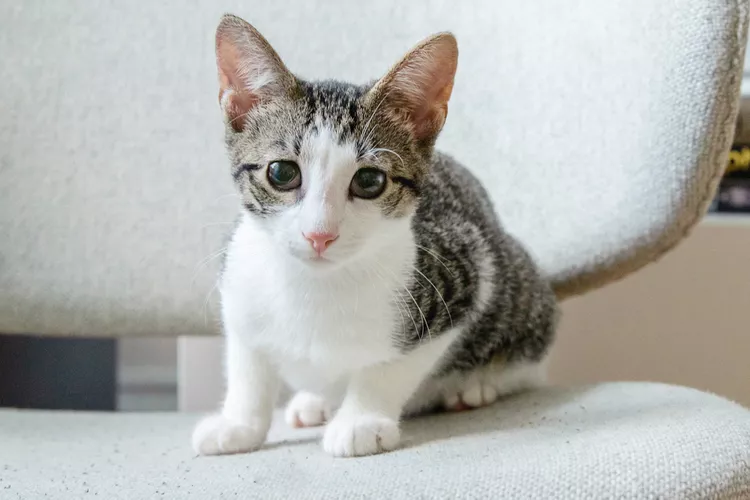
Kitten Development From 3 to 6 Months Old
Kittens grow and change a lot during their first year. Find out what happens between the ages of three months and six months old.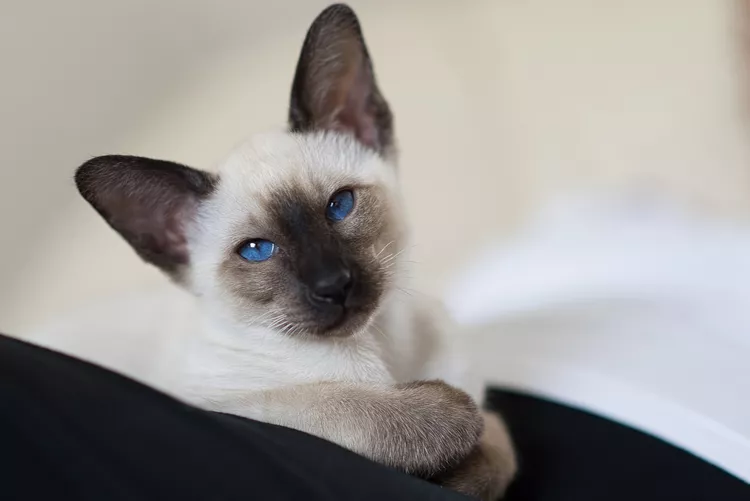
95 Siamese Cat Names
Our list of Siamese cat names has diverse and fun options to help you choose the ideal moniker for your elegant and lovable feline companion.
What to Buy for Your New Cat: A List of Essentials
Before you bring your new cat or kitten home, there are a number of things to collect or buy so your cat will feel welcomed like a family member.
The 6 Best Cat Nail Clippers of 2024 for a Safe Trim
Clipping your cat's nails can save your furniture and keep your kitty comfortable. We asked veterinarians for their cat nail clipper recommendations.